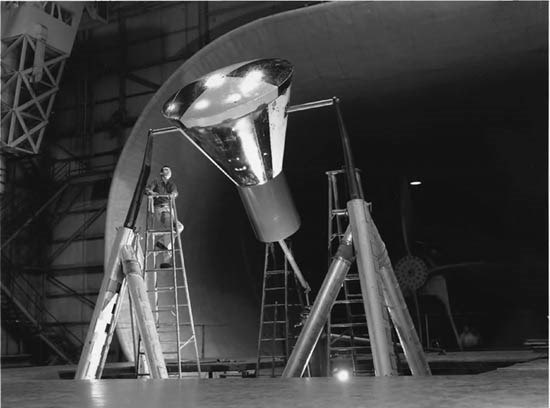
NASA Photo No. L- 59-336
Full Scale 30- x 60-Foot Tunnel
Hampton (City), VA
Designated an NHL: October 3, 1985
Designation withdrawn: August 25, 2014
In the 1920s, the National Advisory Committee for Aeronautics (NACA, the predecessor to NASA) began wind tunnel research at the Langley Memorial Aeronautical Laboratory in Hampton, Virginia. By 1929, the original NACA Langley wind tunnel complex had been completed and was turning out useful high quality aerodynamic research data. NACA engineers realized, however, that they needed a full scale wind tunnel. Previous experience with the Propeller Research Tunnel, which had a large scale test section, gave NACA engineers the confidence to attempt to build the Full Scale 30- x 60-Foot Tunnel.
Under the leadership of Smith J. De France, the design of the Full Scale Wind Tunnel began at Langley in 1929. With funds appropriated before the start of the Depression, NACA was able to buy materials and labor at bargain prices. A large pool of talented but now unemployed aeronautical engineers was available to work on the project. The work progressed quickly and by 1931 the tunnel was complete.
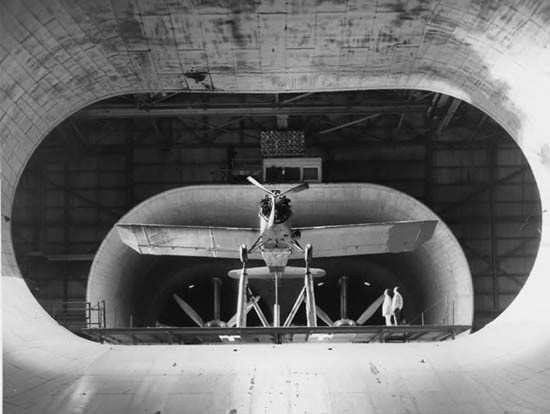
NASA Photo
The significance of the Full Scale Tunnel was immediately apparent to NACA engineers. Drag tests in the tunnel indicated surprisingly large performance penalities from external struts and other exposed aircraft parts. This information had been suspected by NACA engineers for some time, but the engineers now had the data needed to correct the problem. A large number of military aircraft soon came to Langley for drag cleanup tests. Before and during World War II, practically every high performance aircraft used by the United States underwent testing at the Full Scale Tunnel. The tunnel operated 24 hours a day, 7 days a week during the war. For most of the war, the Full Scale Tunnel was the only tunnel in the country and in the world capable of performing these tests. The importance of the tunnel led the United States to build an even larger Full Scale Tunnel at the Ames Research Center in 1944.
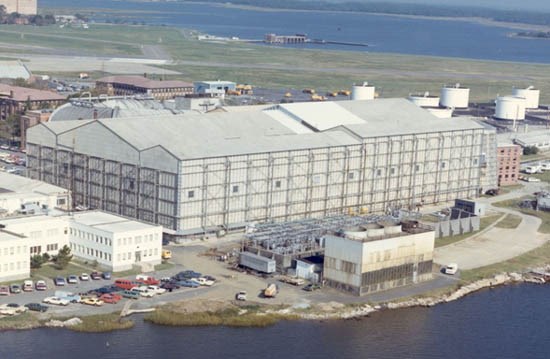
NASA Langley Research Center Photo No. L-79-7344
The Full Scale Tunnel proved to be a remarkably adaptive research tool. Modern aircraft of all types have been tested in the tunnel. These aircraft include the Harrier VTOL fighter, the F-16, the American supersonic transport, the X-29A (a forward swept wing experimental fighter), the Space Shuttle, and the Lunar Landing Test Vehicle. Because of its unique performance, the Full Scale Tunnel was of national significance not only in the area of aeronautical research but also as a singularly important support facility that contributed to the American victory in World War II. The superiority of American-designed and -built fighters and bombers was due in no small part to the testing that these aircraft underwent in the Full Scale Tunnel. This tunnel was designated a National Historic Landmark as a result of the National Park Service's 1984 Man in Space Theme Study.
The 30- x 60-Foot Tunnel was demolished in 2011. The Landmark designation was withdrawn on August 25, 2014, and the property was also removed from the National Register of Historic Places.
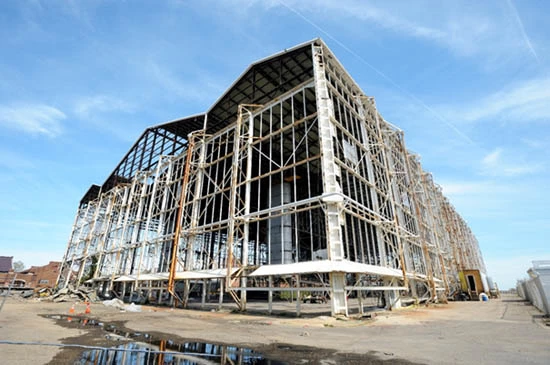
NASA Langley Research Center Photo
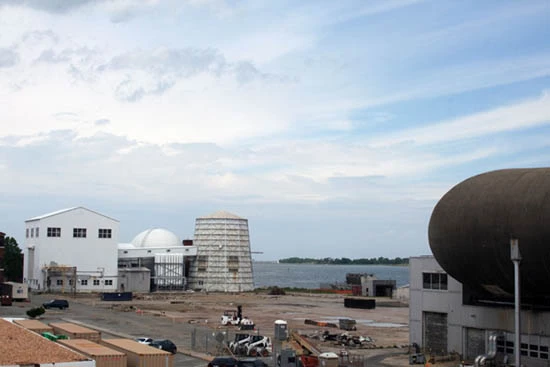
NASA Langley Research Center Photo
Last updated: August 29, 2018
